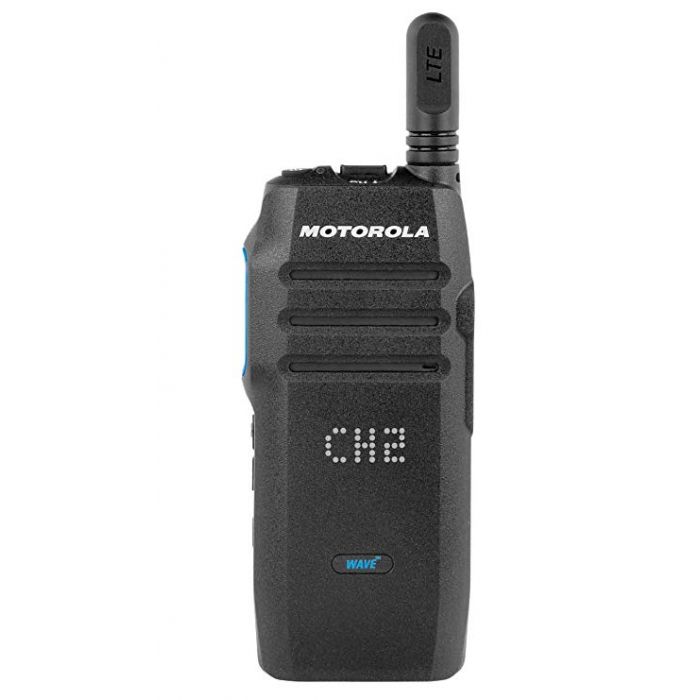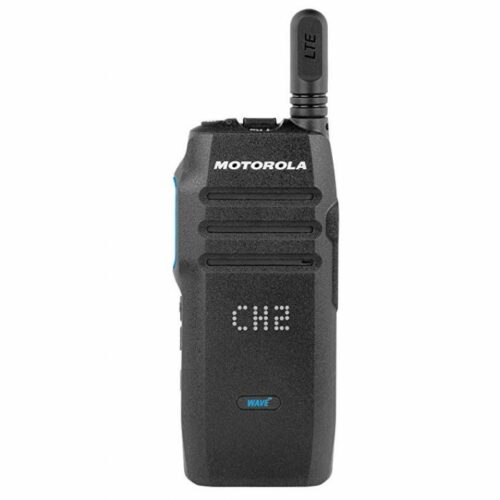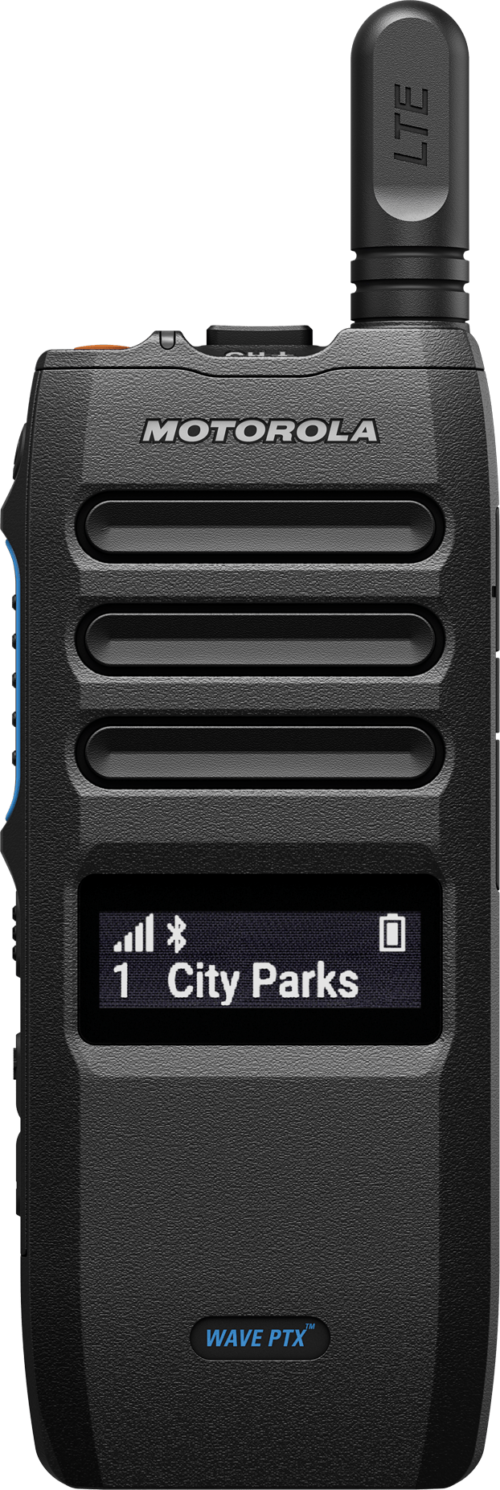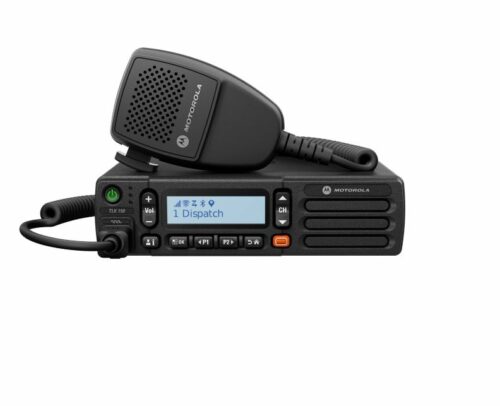
Push-to-talk over a cellular network allows you to communicate on a local, national and even international level!
Push-to-Talk over Cellular (PoC) provides group communication services over 4G and Long Term Evolution (LTE) technology, creating a radio network that utilises the cellular infrastructure of Mobile Network Operators.
Unlike traditional two-way radios that rely on radio frequency (RF) transmissions, PoC radios use the internet protocol (IP) network to connect users in real time. There is no need for any infrastructure, you simply require a hand held or mobile device and a subscription to a system provider.
There is a growing range of products, with non-display and display hand portables, desk radios and mobile radios now available, all with associated products such as earpieces, headsets etc.
The systems are feature rich, updates can be done over the air, and dispatcher software is available to enable control room management of the system.

Motorola
HK2119A
Features
In Stock
RRP From £287.00 ex. VAT

Motorola
HK2119A-1
Features
In Stock
RRP From £287.00 ex. VAT

Motorola
HK2134A
Features
In Stock
RRP From £369.00 ex. VAT
With system rich features, different dispatcher and mapping platforms, each PoC system runs independently from one another.
In some instances, yes. Some PoC systems do have interface capability to allow PoC and DMR (digital two way radio systems) to work together. This offers great potential where some members of the workforce are required to work off site and need to remain in contact with their team.
The PoC network is reliant upon mobile network providers. Resilience levels have increased as these providers look to offer a seamless and constant communication platform for a number of platforms using their network. Outage periods for updates take place on a regular basis, but these are often kept to a short period and done at a time when usage is minimal.
PoC systems often have a hosting charge to use the platform, and a sim charge to cover the data used. These costs can be bundled together to provide a monthly, quarterly, annual payment etc. Most providers offer discount for longer contract terms i.e. two or three year periods.